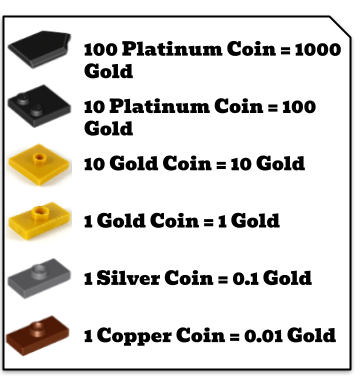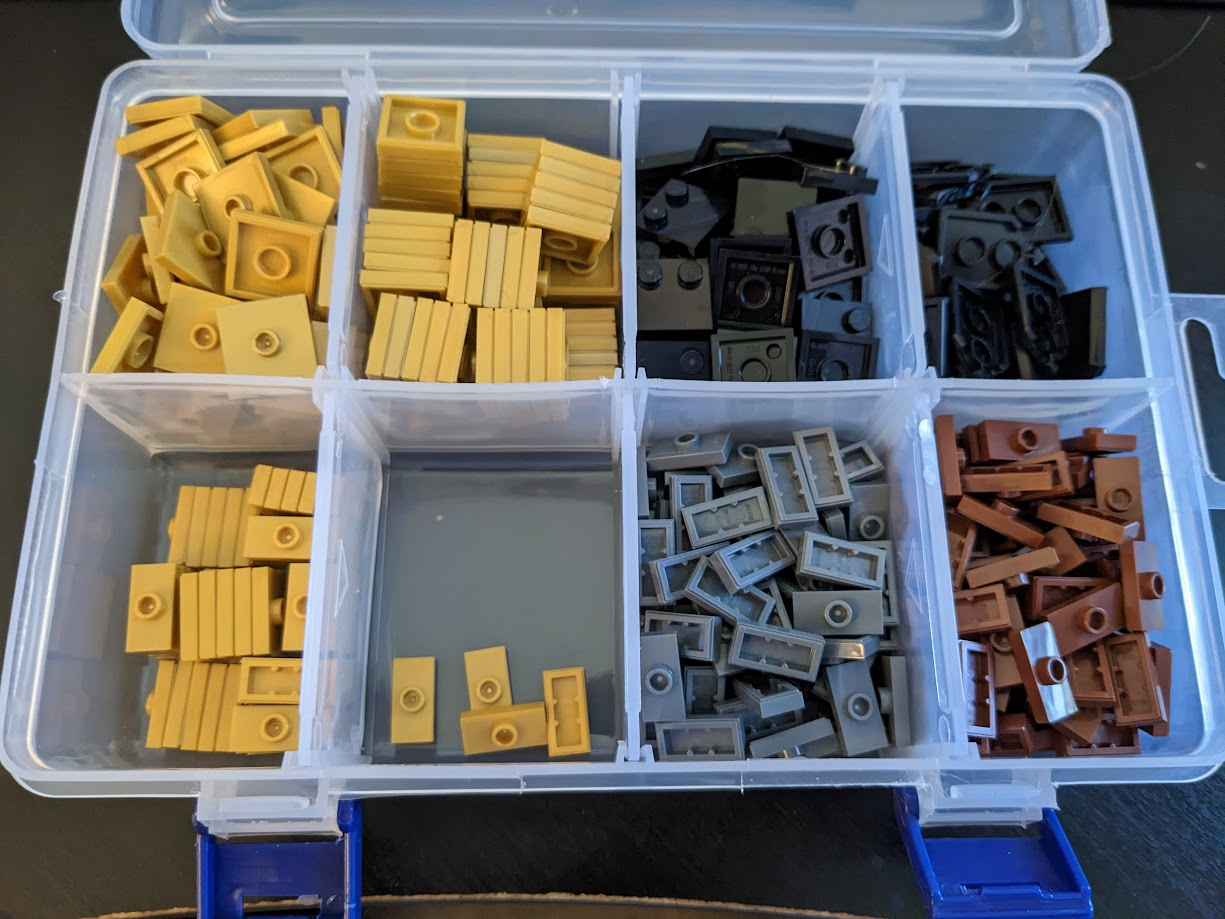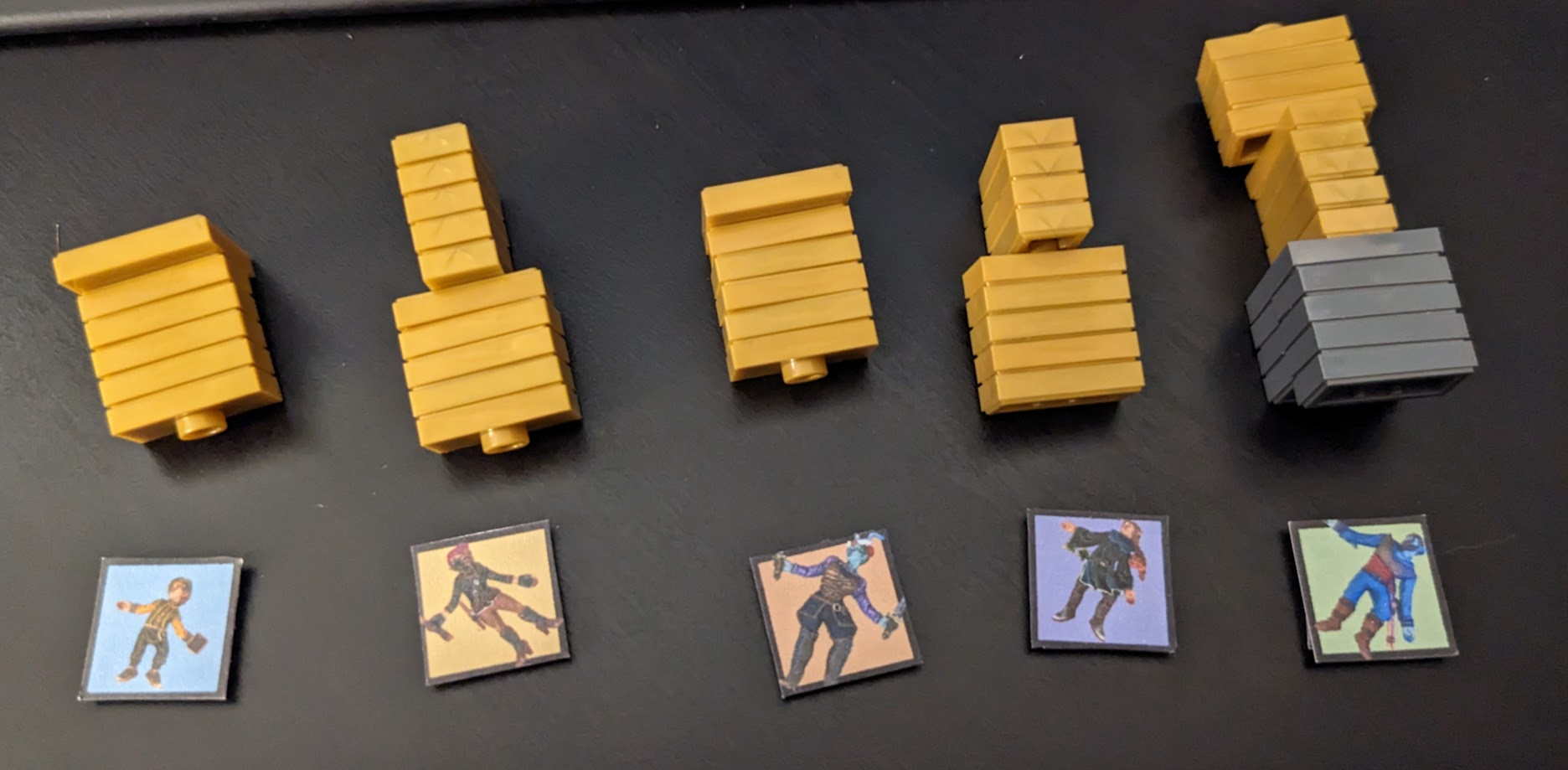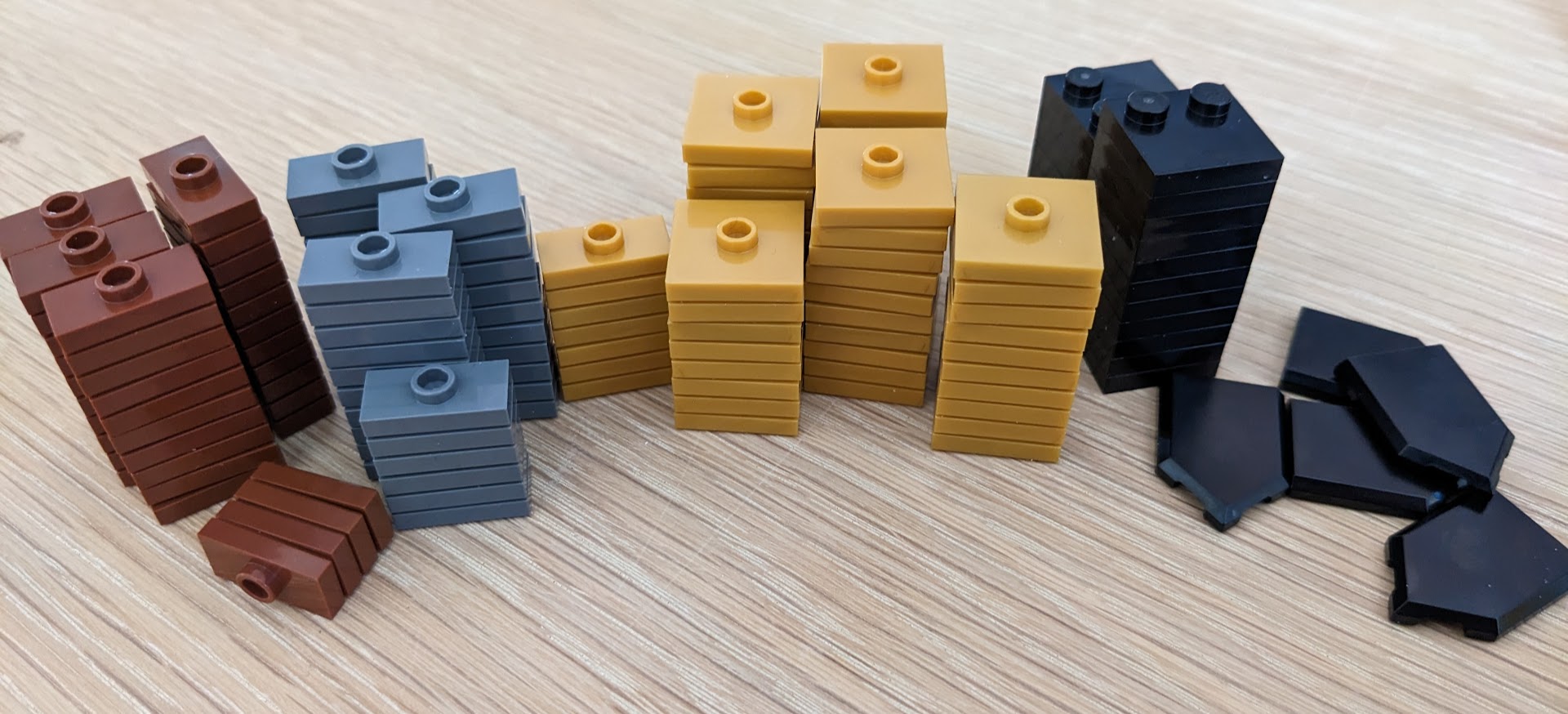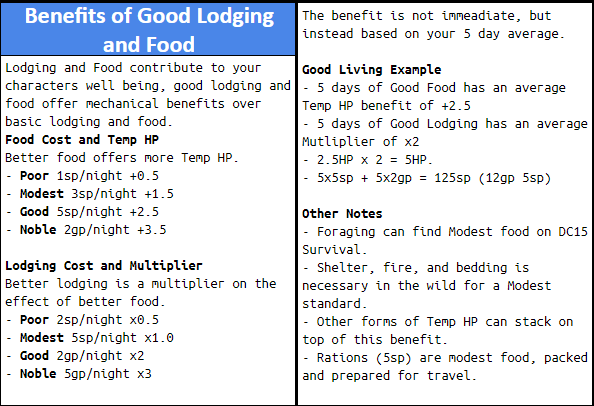The Core Concept
There’s a prevailing opinion that gold in D&D is a bit… weird. The amounts that things cost and what you can actually spend gold on vary from game to game. The core books base item costs on rarity alone hoping that rarer items are strong and more useful, which is absolutely not true. Cloak of Protection is an Uncommon magic item making it cost between 101 to 500GP; Beads of Force are Rare, are single use, do 5d4 force damage each, come in bags of 1d4+4, and cost 501 to 5000GP. It’s no wonder that many attempts to either ignore gold or come up with a rational list of prices have been made. I personally use the list made by Eventyr Games where Cloaks of Protection land at 2000GP and Beads of Force are 500GP.
Issues with D&D’s item pricing aside, the amount of gold a character has is just one of many numbers that players love to see “go up.” I wanted to add to this a little by making the currency something physical, rather than a number written on a piece of paper or even worse on a spreadsheet. I thought physical tokens would be a fun way to do it.
The Implementation
First of all I tried to see if there are just coins you can buy for use with your TTRPGs, and there “technically” are. Etsy had several listings for 3D prints of the official D&D coins. Their main downside though was the complete impracticality of buying them in sufficient quantity for actual play: it’s £9 for one of each of the 5 D&D coins. They’re clearly not designed to be used in the game but more as a nice D&D item to have unless you have hundreds of pounds to spend on this.
So I quickly pivoted to trying to find something that came in large quantities that could be used as coinage. As with many of my hobby-related problems in my life, I quickly thought of Lego as a potential solution. Bricklink would let me select as many bricks as I wanted, at pennies per brick. Lego comes in copper, silver, and bronze colours too. Before I rushed ahead to ordering, though, I needed to figure out a reasonable amount of currency to actually have available.
The game I DM has 5 PCs in the party; we’re not too hung up on coin weight just yet but I figure trying to carry more than 1000GP should draw attention unless it’s hidden via some sort of magic. Lets double that for a safe margin. So I figure roughly 10000GP would be a safe amount for the “bank” to have. This clearly highlighted a need for some larger denomination coins than the standard D&D fair of Copper being 0.01GP, Silver being 0.10GP, Gold being 1GP, and Platinum being 10GP. Even if Bought it all in Platinum pieces that was still going to be 1000 bits of Lego. To solve this I’ve added two larger coins to my system, a coin for 100GP, and a coin for 1000GP.
These are the denominations I ended up settling on. Next it was time to put some orders into Bricklink, which after a bit of awkwardness regarding me not checking which country I was ordering from resulted in me having about 35000GP worth of currency for roughly £20 GBP, all organised in my nice little bits tray after dolling out my players’ gold amounts.
Does It Work?
I’ll say right now the pure innocent joy of a bunch of adults jingling their new coin purses full of Lego for a few minutes at the start of a session was a high that had me going for a few days. Proper core memories right there. Since then it’s been pretty smooth sailing, they’re coins as far as my players are concerned. Paying for things with them is fast and easy, for some reason the maths of paying and getting change feels quicker than trying to do “what I had minus what I spent” on a piece of paper. Plus stacks of them just look cool, see…
Around the same time as introducing the Lego Coins I also added a bit of Homebrew to the mechanics of lodging and food quality, making one of the main gold sinks in the game feel like it had a bit of a reward to it.
This does take a bit of maths to work out if you’re staying in different qualities of lodging and eating different qualities of food though, but we offload that onto a spreadsheet I made. The end result is that spending a bit more on food and lodging provides my players with a net mechanical benefit. I made it based on their five day average so that one night of Noble living standards didn’t immediately give them the full bonus, not that every town even has Inns that offer that level.
I hope you’ve enjoyed reading this, and maybe it’s inspired some ideas of your own! We’d love to hear about them on our Patreon Discord!
Have any questions or feedback? Drop us a note in the comments below or email us at contact@goonhammer.com. Want articles like this linked in your inbox every Monday morning? Sign up for our newsletter. And don’t forget that you can support us on Patreon for backer rewards like early video content, Administratum access, an ad-free experience on our website and more.

